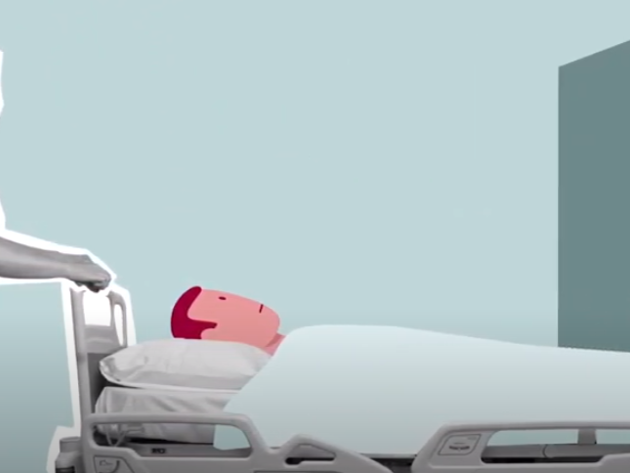Surgery for stomach cancer
The goal of surgery for stomach cancer depends on the stage of your illness. Whenever possible, the surgery will aim to cure the patient (curative surgery).
Surgery is the primary procedure in curative treatment for stomach cancer. In order to minimize the risk of recurrence, we combine the surgery with other treatments like chemotherapy, or a combination treatment as part of a trial. This will increase the chance of recovery.
Curative surgery
Curative surgery for stomach cancer aims to cure you by removing the part of the stomach that has developed a tumor, and as many lymph nodes as possible from the surrounding area of the body. Depending on the location and progression of the tumor and the type of stomach cancer, we will either remove a part of the stomach (partial gastrectomy), or the entire stomach (total gastrectomy).
If stomach cancer has developed into a late stage, it can no longer be cured. If this is the case, we discuss the wishes and options for a suitable palliative treatment with the patient.
Palliative surgery
If we believe that the surgeon will not be able to remove the entire tumor and all cancer cells, we usually avoid surgery entirely. In certain cases, an operation may be suggested to alleviate gastrointestinal symptoms. Your surgeon will remove part of the stomach, or create a new passage from the stomach to the small intestine.
 nl
nl
